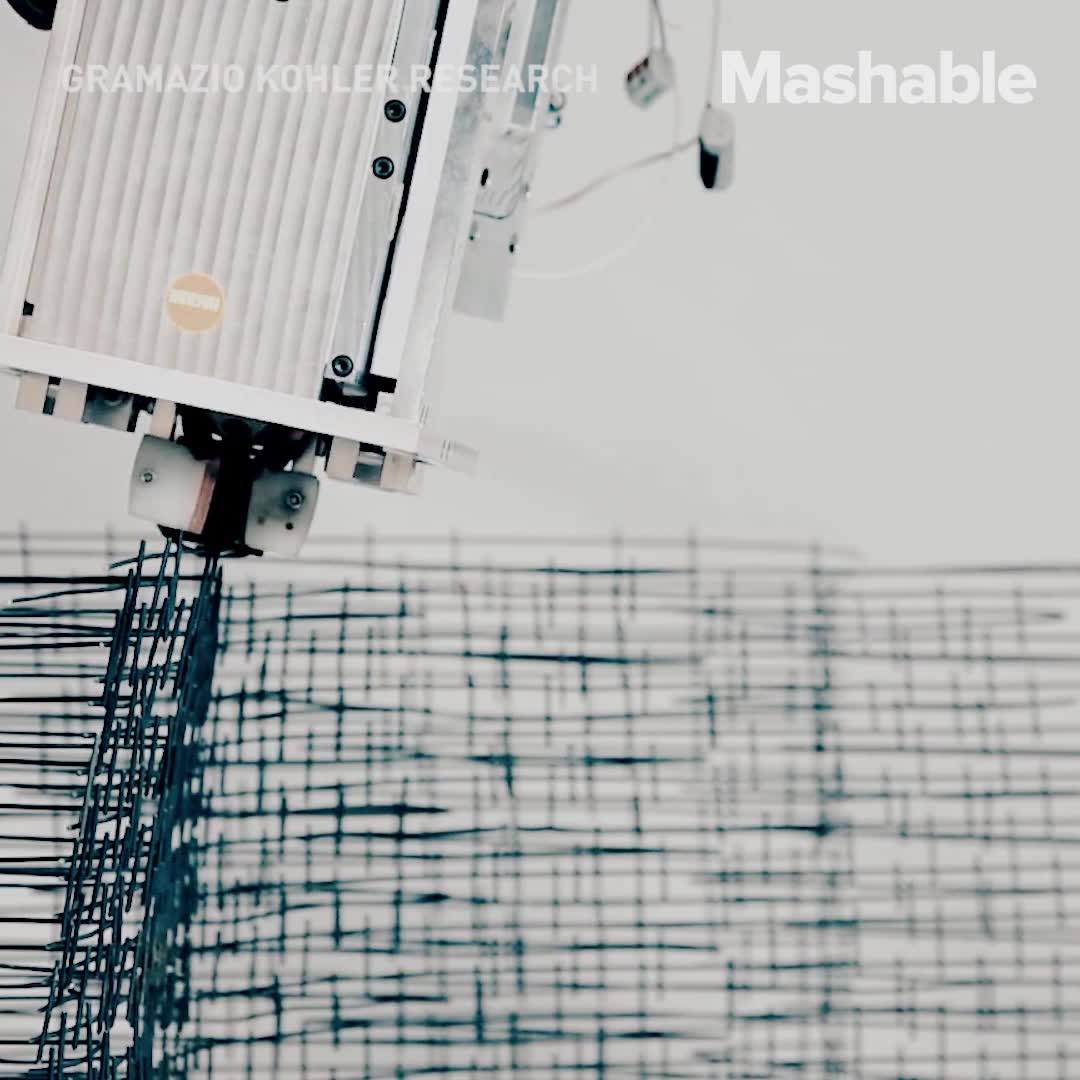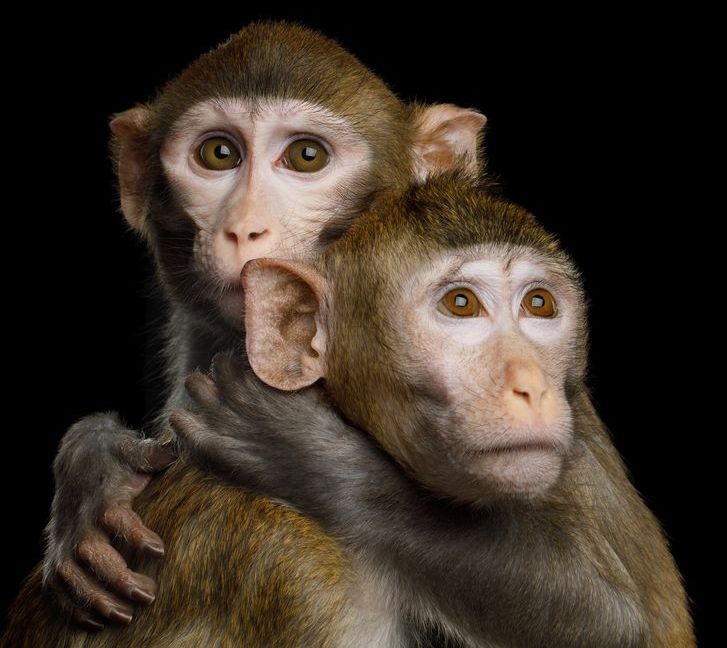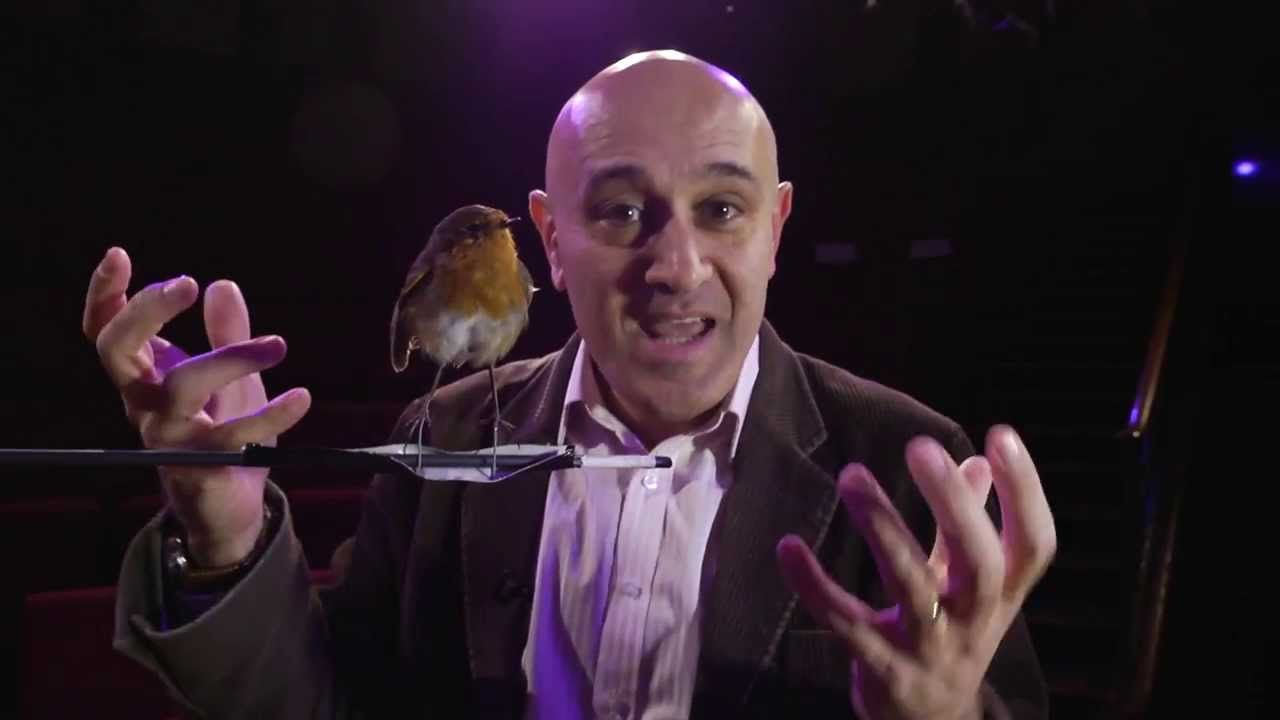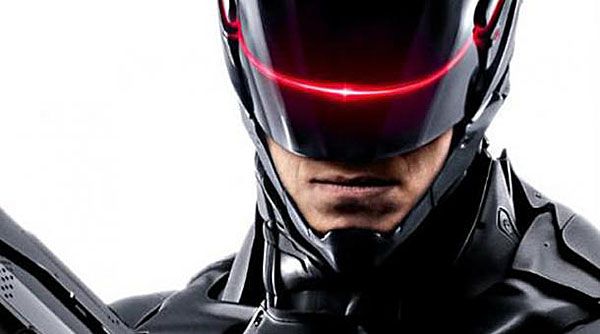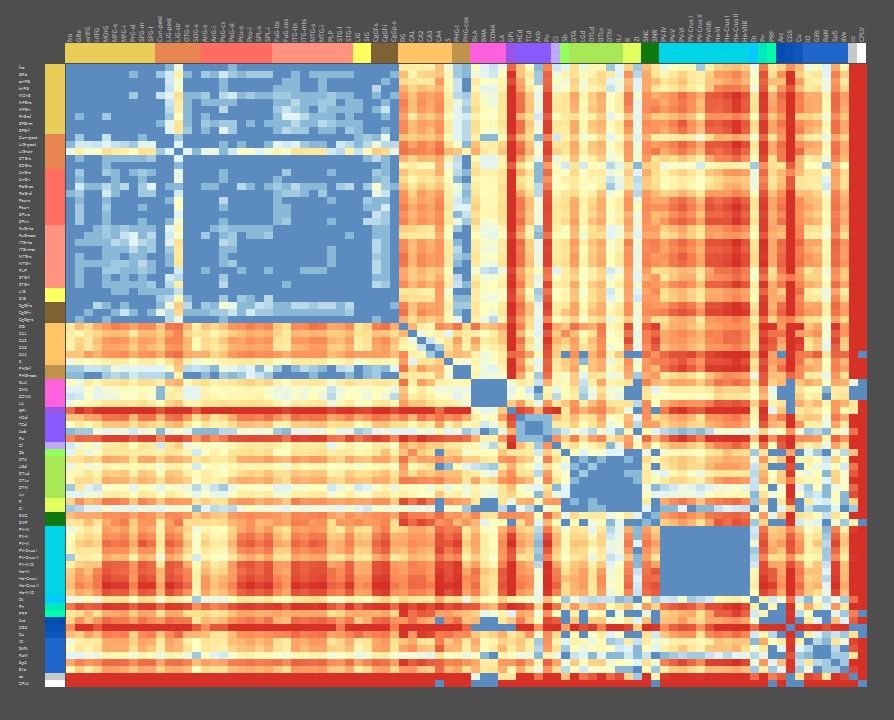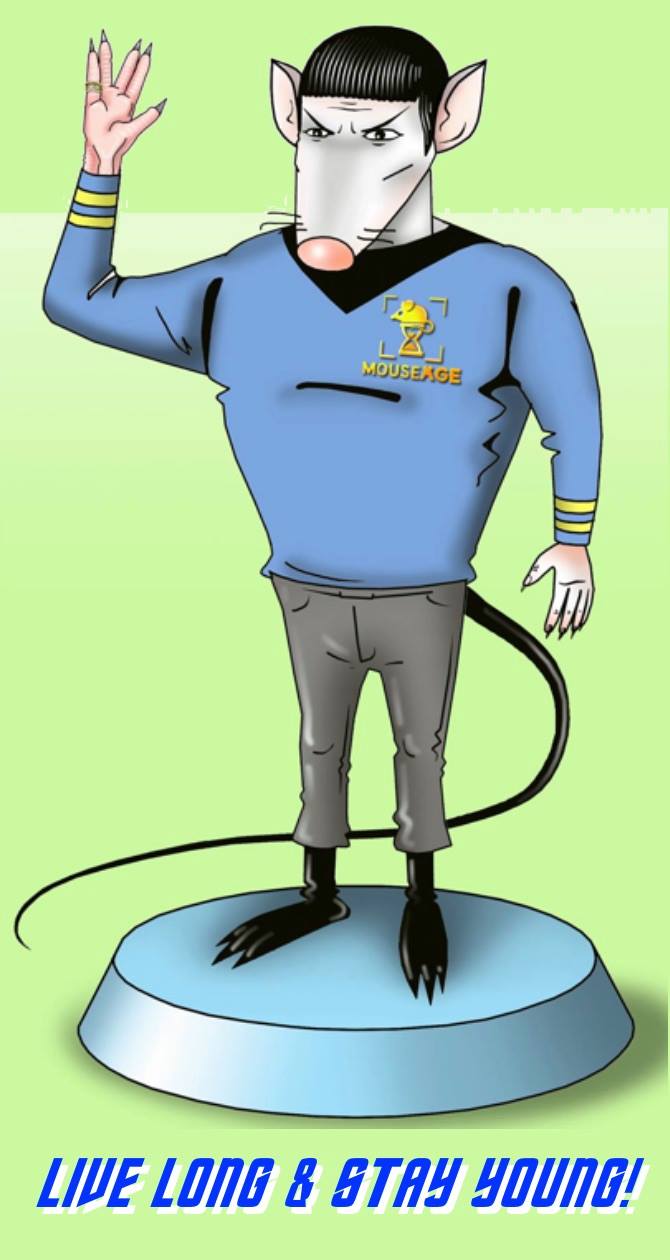Page 10128
Sep 5, 2017
Facial Recognition Is Learned, Not Innate, New Study Shows
Posted by Steve Hill in categories: neuroscience, robotics/AI
It has long been accepted that people and other primates are born with the ability to recognize faces; however, a new study at Harvard Medical School has brought that into question.
The study findings suggest that facial recognition is not innate but is learned
The new study published in Nature Neuroscience worked with macaques that had been temporarily prevented from seeing faces while growing up[1]. The researchers discovered that areas of the brain involved in facial recognition form due to experience and are not present in primates who do not see faces while they grow up. This brings into question the long-held idea that we are simply born with the ability to recognize faces.
Sep 5, 2017
Shenzhen: City of the Future. The high-tech life of China’s Silicon Valley
Posted by Derick Lee in categories: government, habitats, robotics/AI, solar power, sustainability
![]()
More films about China: https://rtd.rt.com/tags/china/
- Technology and innovation hub, Shenzhen is known as China’s “silicon valley” and “the city of the future”.
- Once a fishing village, in just 50 years it grew into a megacity packed with skyscrapers.
- It hosts international technology exhibitions and forums and attracts creators and investors from around the world, contributing to its population boom.
- Inventors and engineers working here, create helpful robots, hybrid cars and smart car parks.
China has a saying; to see the past, visit Beijing, to see the present, go to Shanghai but for the future, it’s Shenzhen. Shenzhen has transformed itself from a tiny fishing village to a megacity in just 50 years, its population tripling since the 1990s. The city is a magnet for tech-savvy and inventive dreamers from all across China and the world, because of them Shenzhen has become the “silicon valley” of China, a true technology and innovation hub.
Continue reading “Shenzhen: City of the Future. The high-tech life of China’s Silicon Valley” »
Sep 4, 2017
VIDEO: San Francisco official pushes robot tax to battle automation
Posted by Carse Peel in categories: robotics/AI, security
SAN FRANCISCO (AP) — Security guard Eric Leon watches the Knightscope K5 security robot as it glides through the mall, charming shoppers with its blinking blue and white lights. The brawny automaton records video and sounds alerts. According to its maker, it deters mischief just by making the rounds.
Leon, the all-too-human guard, feels pretty sure that the robot will someday take his job.
“He doesn’t complain,” Leon says. “He’s quiet. No lunch break. He’s starting exactly at 10.”
Continue reading “VIDEO: San Francisco official pushes robot tax to battle automation” »
Sep 4, 2017
Military Research Targets Regrowing Limbs Like Salamanders
Posted by Klaus Baldauf in category: military

Researchers for the U.S. military are studying salamanders and other animals to discover how they can regrow lost body parts.
Sep 4, 2017
3 of Nature’s Greatest Mysteries May Be Solved Thanks to Quantum Biology
Posted by Klaus Baldauf in categories: biological, quantum physics
Sep 4, 2017
Breakthrough Molecular 3D Printer Can Print Billions of Possible Compounds
Posted by Paul Gonçalves in categories: 3D printing, biotech/medical, solar power, sustainability
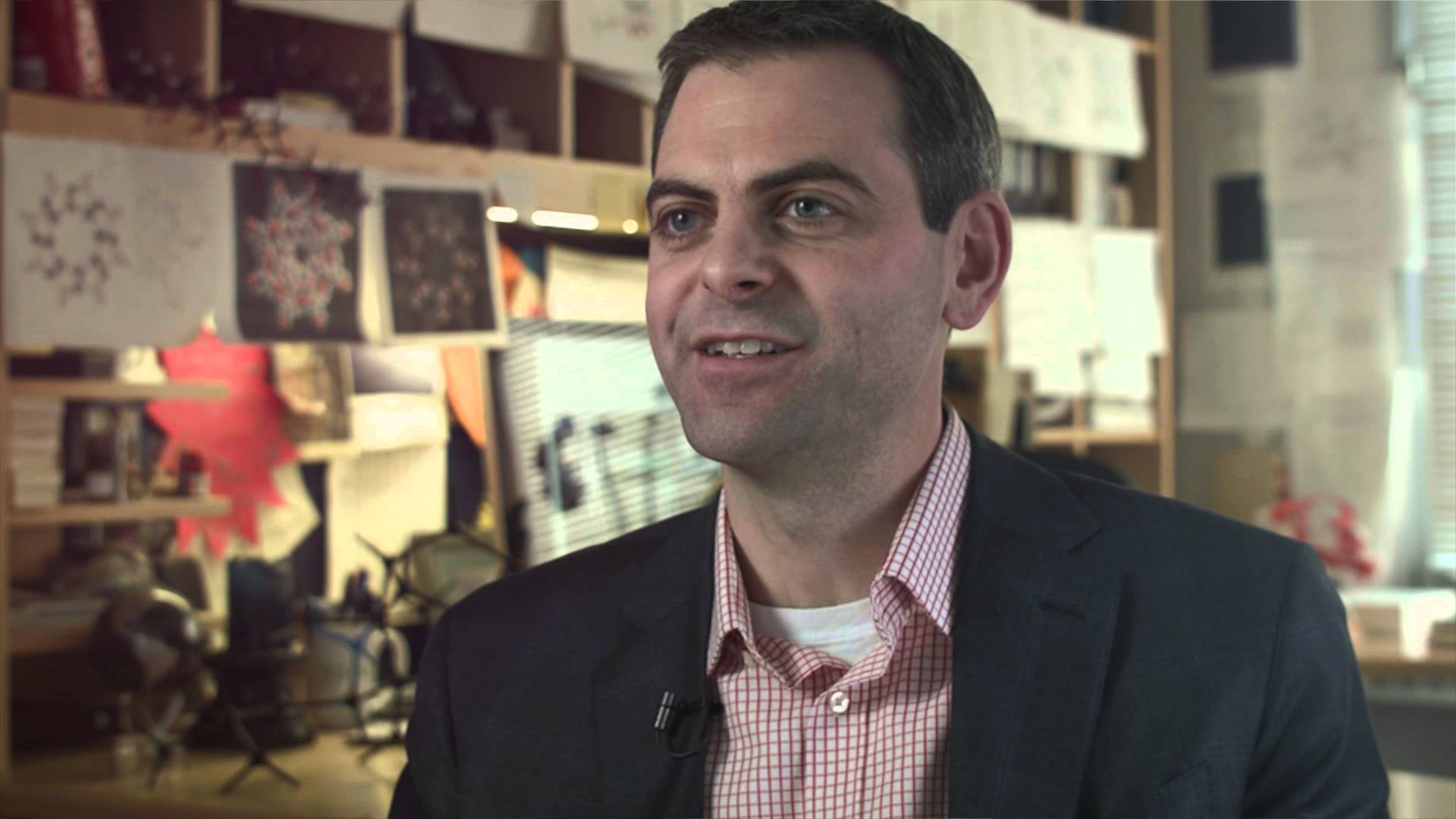
What will 3D printers ultimately evolve into? No one has a functioning crystal ball in front of them I assume, but a good guess would be a machine which can practically build anything its user desire, all on the molecular, and eventually atomic levels. Sure we are likely multiple decades away from widespread molecular manufacturing, but a group of chemists led by medical doctor Martin D. Burke at the University of Illinois may have already taken a major step in that direction.
Burke, who joined the Department of Chemistry at the university in 2005, heads up Burke Laboratories where he studies and synthesizes small molecules with protein-like structures. For those of you who are not chemists, small molecules are organic compounds with very low molecular weight of less than 900 daltons. They usually help regulate biological processes and make up most of the drugs we put into our bodies, along with pesticides used by farmers and electronic components like LEDs and solar cells.
Sep 4, 2017
Christian transhumanism? Yes, says pastor
Posted by Zoltan Istvan in categories: ethics, transhumanism
Facts of life, even for passionate seperation of church and state advocates like me: Religious #transhumanism is growing.
WASHINGTON – A Christian pastor from Florida is promoting acceptance of some forms of transhumanism, saying believers should be open to finding an “ethical alternative” to the complete rejection of the scientific, technical and philosophical transhumanist movement that has already begun.
Rev. Christopher Benek, associate pastor of family ministries and mission at First Presbyterian Church in Fort Lauderdale, writes in the Christian Post that it’s time for the development of “Christian transhumanism.”
Continue reading “Christian transhumanism? Yes, says pastor” »
Sep 4, 2017
Decoding the patterns that make our brains human
Posted by Roman Mednitzer in category: neuroscience
Each of our human brains is special, carrying distinctive memories and giving rise to our unique thoughts and actions. Most research on the brain focuses on what makes one brain different from another. But recently, Allen Institute researchers turned the question around.
“So much research focuses on the variations between individuals, but we turned that question on its head to ask, what makes us similar?” says Ed Lein, Ph.D., Investigator at the Allen Institute for Brain Science. “What is the conserved element among all of us that must give rise to our unique cognitive abilities and human traits?”
Their work, published this month in Nature Neuroscience, looked at gene expression across the entire human brain and identified a surprisingly small set of molecular patterns that dominate gene expression in the human brain and appear to be common to all individuals.
Continue reading “Decoding the patterns that make our brains human” »
Support the MouseAGE project with this exclusive T-shirt and help speed up scientific progress and save animal lives: https://www.lifespan.io/campaigns/mouseage-photographic-agin…/#reward_5
Just one of the cool rewards for supporting the project!
